Field Reports: 2023 Late-Winter Habitat Update
An overview of landscape conditions in key areas for waterfowl across North America
An overview of landscape conditions in key areas for waterfowl across North America
By DU Field Biologists
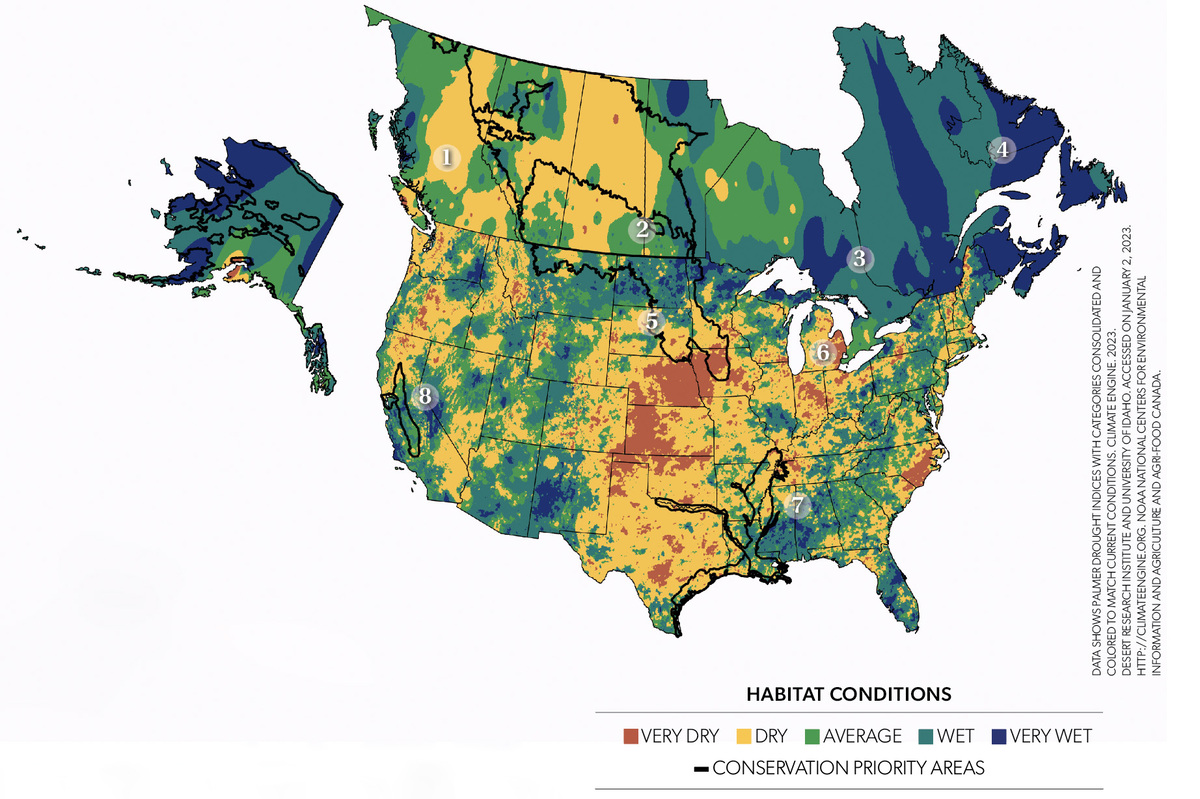
Following a dry fall, winter precipitation has been near or below average across British Columbia. January was unseasonably warm in the province, which reduced snow accumulations at lower elevations in the interior. Additional precipitation will be needed to recharge wetlands and provide favorable spring staging and breeding habitat for waterfowl.
Many prairie wetlands began the winter with low water levels following a dry fall. Although eastern Alberta and most of southern Saskatchewan have received above-average winter snowfall, warm temperatures have caused some early melting of the snowpack. Some areas of southwest Manitoba and southeast Saskatchewan have received only half of average winter precipitation. Significant rain and snow will be needed to recharge wetlands and groundwater across much of Prairie Canada following years of drought.
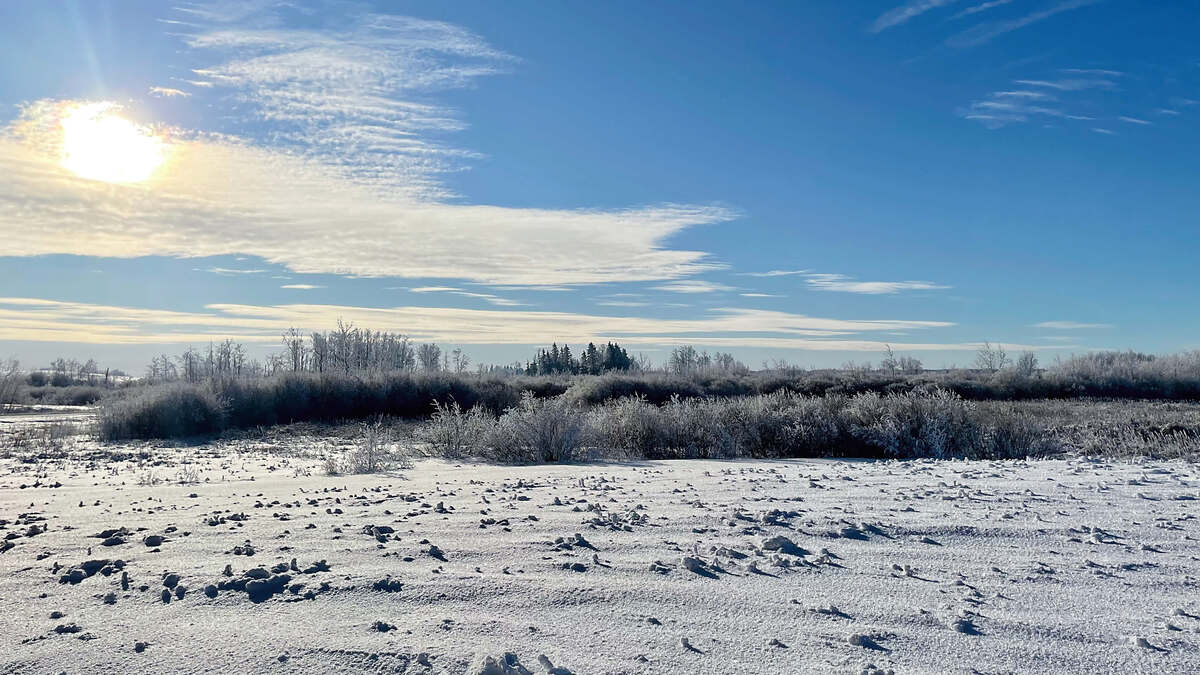
While parts of the Canadian prairies have received significant snowfall, much of the region remains drier than average. Additional rain and snow will be needed to recharge wetlands and replenish soil moisture levels in many areas.
With the exception of southwest Ontario, winter precipitation has been near or above average across central Canada. Soil moisture remains at average levels, and most wetlands should be at full capacity for the upcoming waterfowl breeding season.
Winter precipitation has been above average across much of Atlantic Canada. Plenty of open water remains on rivers and coastal bays, and water levels are high in many wetlands, which should provide favorable habitat conditions for breeding waterfowl this spring.
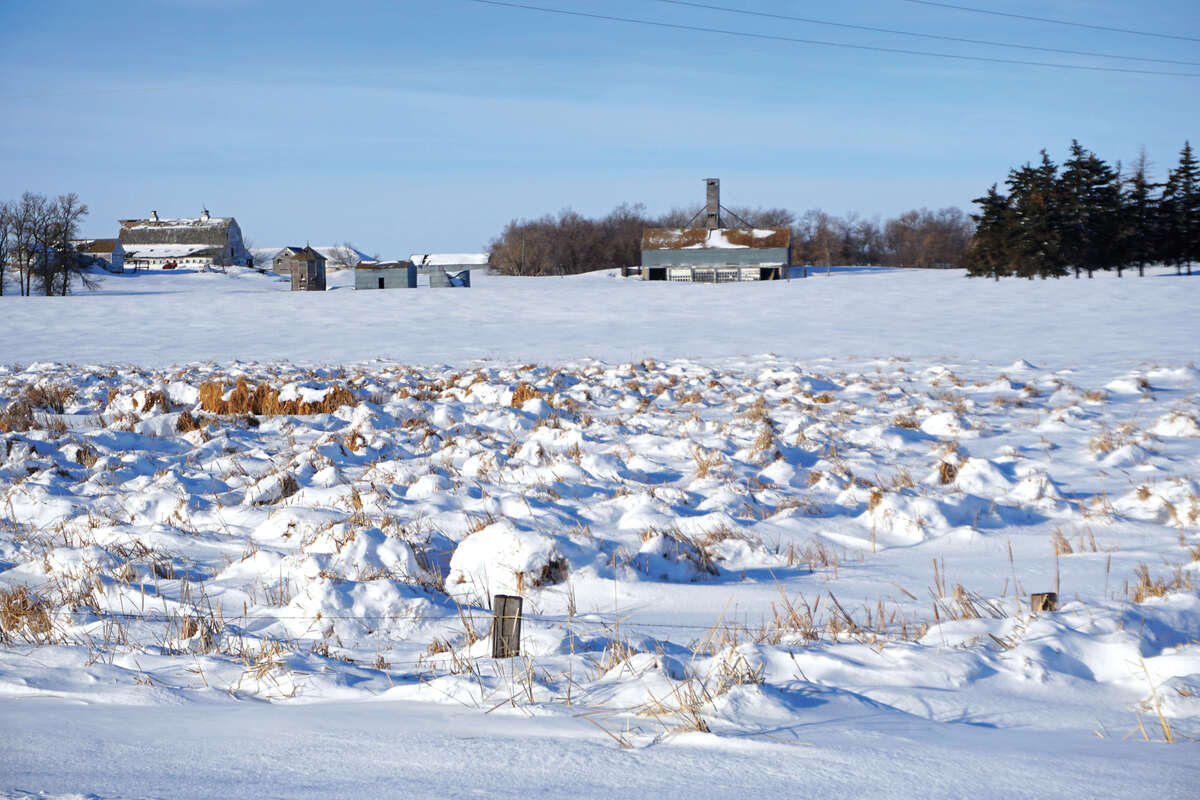
A substantial snowpack in the eastern Dakotas bodes well for the upcoming spring breeding season.
Significant late-fall and winter precipitation should help alleviate drought and abnormally dry conditions in the Dakotas. With an average to above-average snowpack already in place, additional winter precipitation could result in much-needed runoff and wetland recharge this spring, improving habitat conditions for migrating and breeding waterfowl. Snow in eastern Montana is scant, and significant rain and snow will be needed there to ease drought and recharge wetlands.
The Great Lakes and northeastern United States received much-needed snowfall in December and January. However, abnormally dry to severe drought conditions persist across most of Michigan, broad areas of Indiana and Ohio, and parts of the northeast. Additional late-winter precipitation is needed in these areas to improve spring habitat conditions for breeding waterfowl.
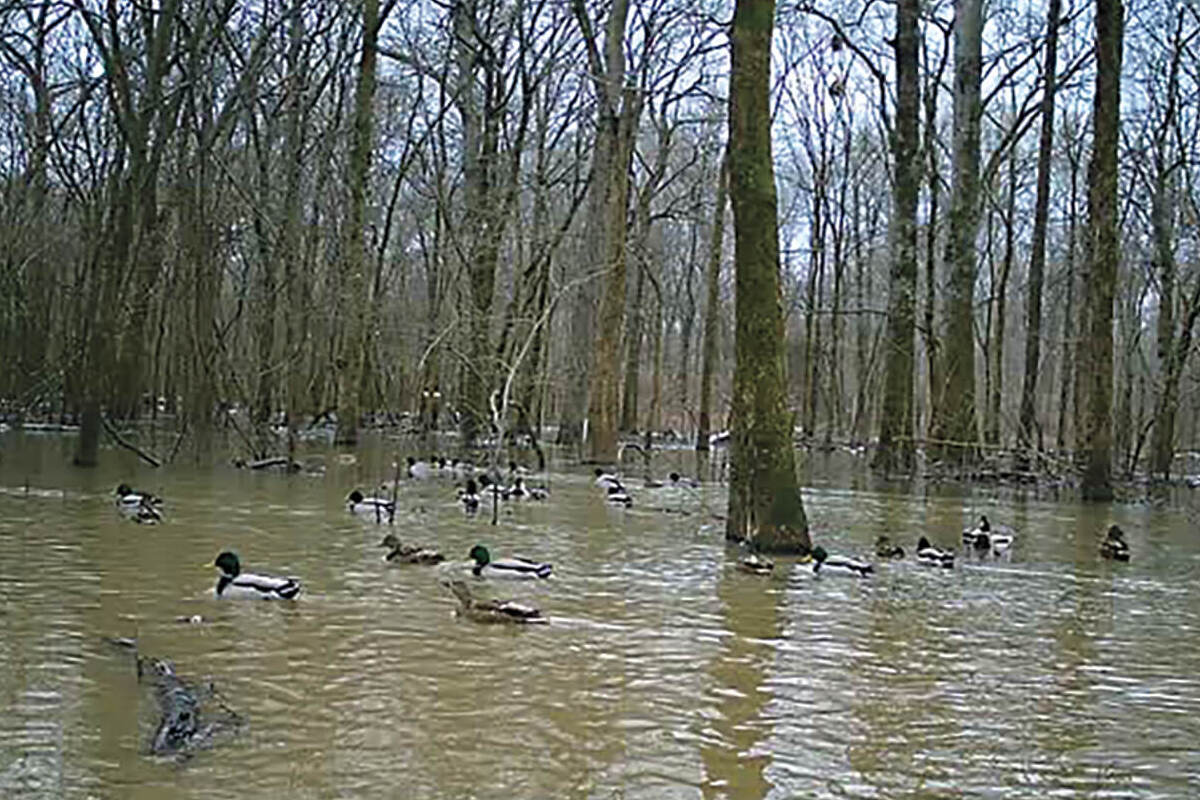
In some areas along the Gulf Coast of Texas and Louisiana, wet weather has provided good habitat conditions for wintering waterfowl. The Texas panhandle remains dry, however, which could impact rice production along the lower Colorado River this spring. In the Mississippi Alluvial Valley, frequent rainfall has improved habitat conditions following a dry fall. Good conditions are also present in the South Atlantic region. Overall, an abundance of newly flooded habitat on the landscape will benefit waterfowl through the remainder of the wintering period and the spring migration.
Record rainfall in early January produced substantial flooding in California’s Central Valley, leaving most wetlands and agricultural habitats fully flooded. Mountain snowfall in Utah has also been well above average, although several more years of above-average precipitation will be needed to restore water levels in Great Salt Lake. Unfortunately, water is expected to remain in short supply on the Lower Klamath and Tule Lake National Wildlife Refuges in the Klamath Basin.
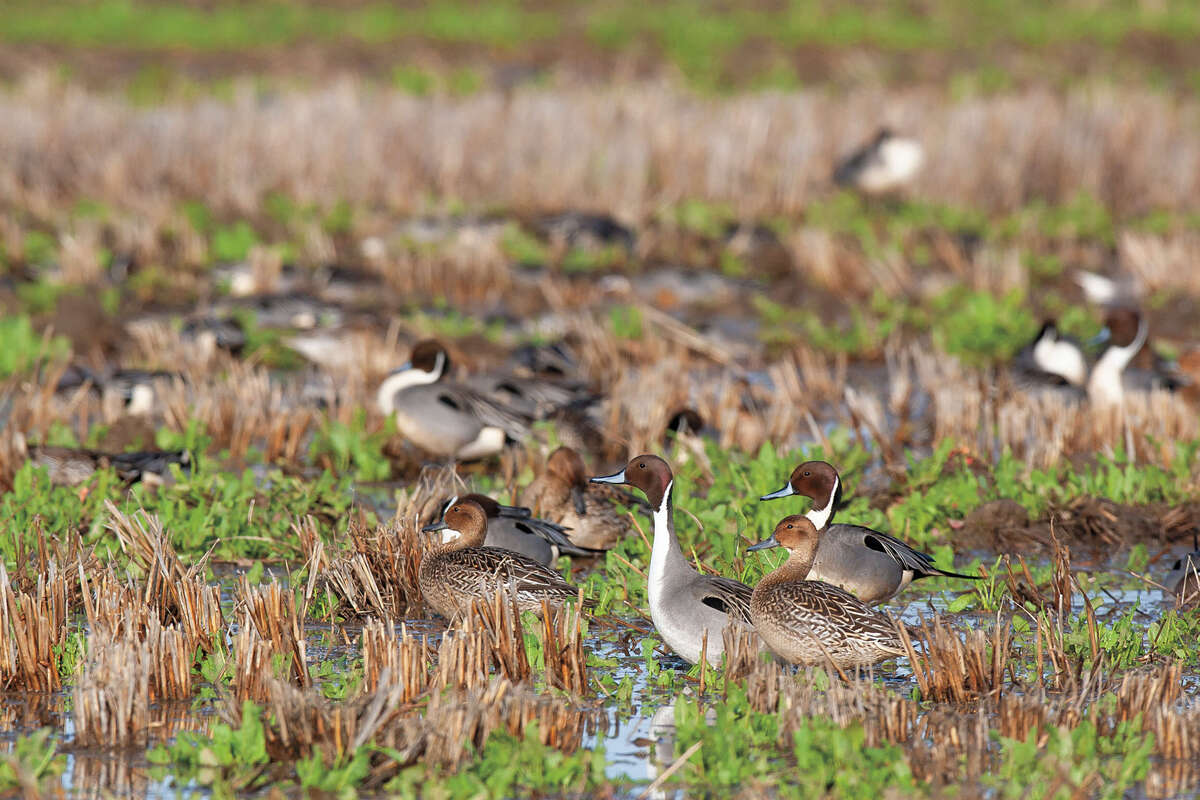
Ducks Unlimited uses cookies to enhance your browsing experience, optimize site functionality, analyze traffic, and deliver personalized advertising through third parties. By continuing to use this site, you agree to our use of cookies. View Privacy Policy